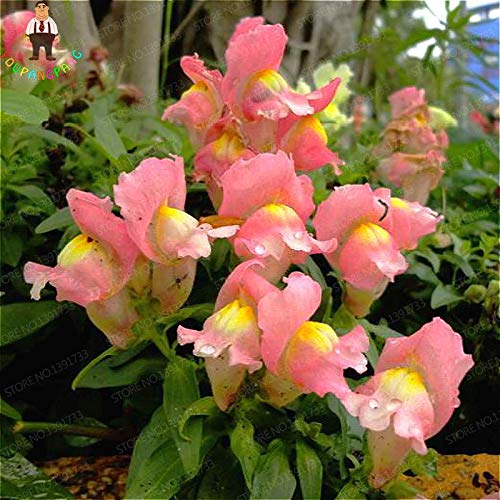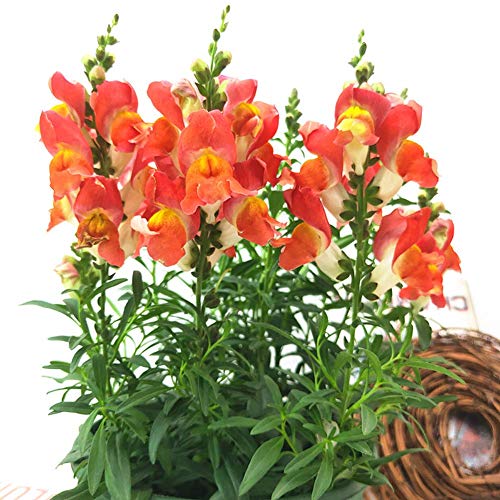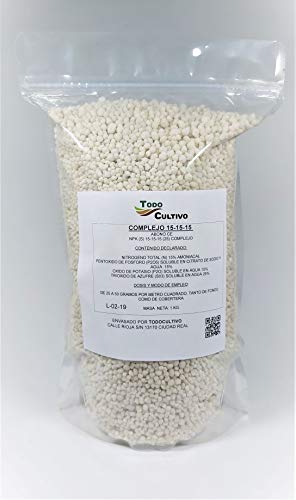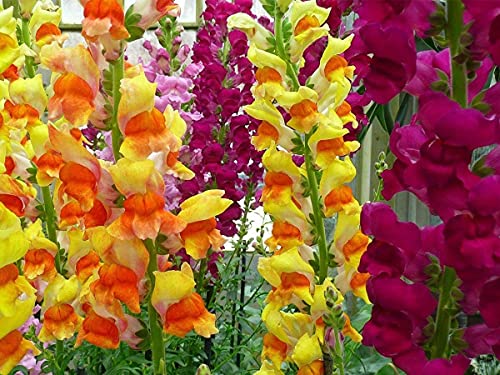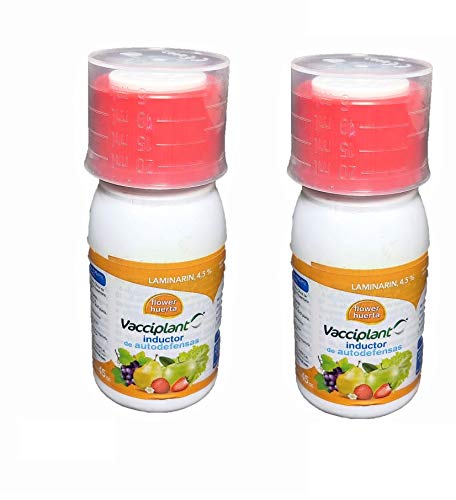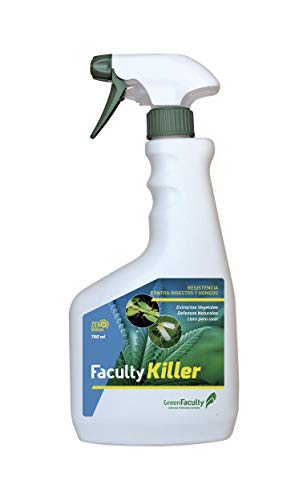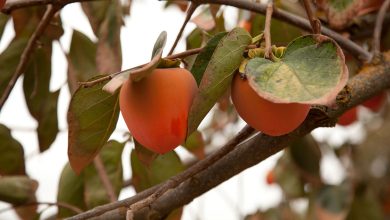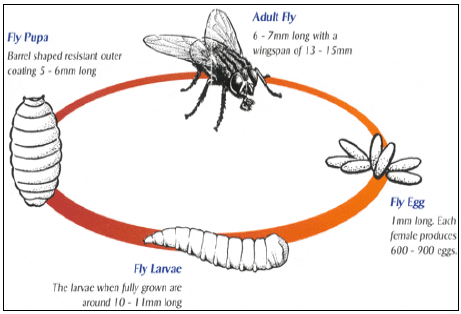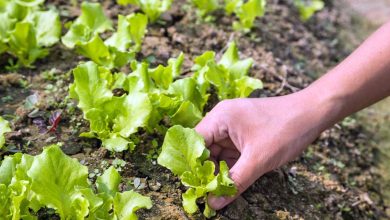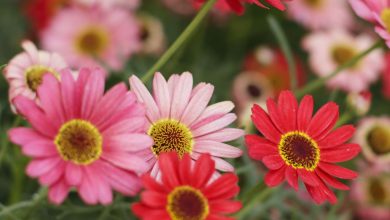Rabbit Plant Care: [Earth, Humidity and Pruning]
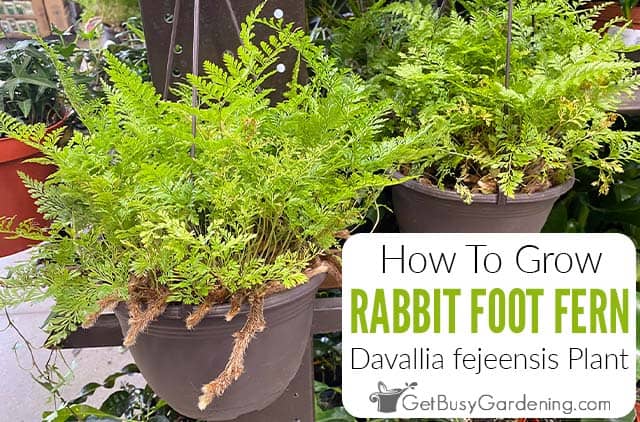
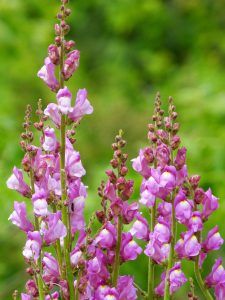 Antirrhinum majus, also known as bunnies, snapdragons, lion ‘s mouths or puppies, is a flower that stands out as an ornamental plant in landscaping and gardening.
Antirrhinum majus, also known as bunnies, snapdragons, lion ‘s mouths or puppies, is a flower that stands out as an ornamental plant in landscaping and gardening.
However, today it is beginning to be cultivated intensively for floral design.
If you are interested in growing this plant for any of the options mentioned above, it will be important for you to know the most important measures for the care of the rabbit plant.
And in this brief guide we share some of them. We hope you find it useful.
What soil needs does the rabbit plant have?
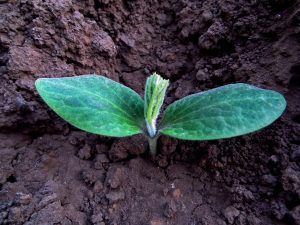 The rabbit plant has no particular demands regarding soils. However, it vegetates best in light, well-drained, loose soils.
The rabbit plant has no particular demands regarding soils. However, it vegetates best in light, well-drained, loose soils.
Examples of this are calcareous loam soils composed of silt, clay, sand, humus and minerals, such as calcium carbonate.
In the case of having a compact soil, materials such as peat and organic matter such as well-rotted manure can be added to improve the environment. Regarding the pH, it is recommended that the soil has a neutral level, between 6.5 and 7.
How to make the rabbit plant grow strong and vigorous?
The rabbit plant is a species of easy cultivation and does not need demanding care. However, there are some measures and factors that we must monitor so that the plant grows strong and vigorous. We briefly present them below.
Temperature
The so-called lion’s mouth has a wide range of temperatures, as it tolerates from 10°C to 32°C. However, the optimum temperature for cultivation is at warm and temperate temperatures, between 15°C and 26°C.
Humidity
Water is the most necessary element for the growth of rabbit plants since they only conserve about 5% of the irrigation water. For that reason, the right amount should be applied considering soil moisture, especially during times of heat and drought.
Lightning
This plant requires high light intensity, so it can be kept in direct sun or light shade as long as it is protected from rain. In general, it should be placed in a place where it is exposed to sunlight for at least 4 hours.
fertilizers
The rabbit plant requires few nutrients throughout its cultivation. However, for best results, a dose of 500 grams per square meter of an NPK 20-20-0 fertilizer can be applied during the transplant.
After this stage, a dose of 500 grams per square meter of NPK 15-15-15 can be applied weekly until harvest time. This is important since it coincides with the flowering stage, so it needs the necessary nutrients to produce as many flowers as possible.
On the other hand, liquid manure is also a good option for growing rabbits. A mixture dissolved in water of ammonium nitrate, monopotassium phosphate, magnesium sulfate and fertiquel combi or similar can be made.
What humidity does the rabbit plant need?
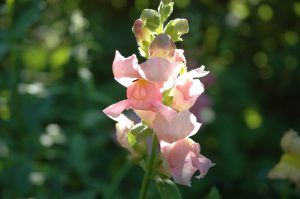 The rabbit plant does not require much care with regard to humidity and watering.
The rabbit plant does not require much care with regard to humidity and watering.
As such, it is recommended to water it moderately, increasing the frequency during the summer months and always avoiding excess watering.
It is generally recommended to water about 0.6 liters per plant every 2 or 3 days. However, this should always depend on soil moisture, the stages of plant development, as well as environmental conditions.
Is it necessary to prune the rabbit plant?
The rabbit plant is not a specimen that is pruned normally. Sometimes it is recommended to cut the vertical growth bud of the plant, this with the purpose of stimulating the sprouting of lateral buds, the production of branches and the growth in volume.
However, occasional light pruning is generally recommended. Leaves or flowers that are mistreated, withered or damaged should be eliminated, in order to avoid the transmission of parasitic diseases and encourage the growth of spikes.
How often should we prune the rabbit plant?
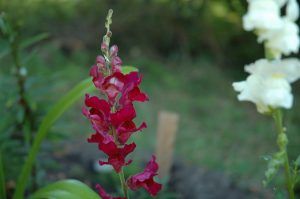 As such, rabbit plant is an annual and can be pruned at each flowering or harvest stage.
As such, rabbit plant is an annual and can be pruned at each flowering or harvest stage.
In the case of growing it as a cut flower, it will be important to determine the right time to harvest according to its genotype.
This moment is usually called the cut-off point and it arrives when two thirds of the flowers within the inflorescence are open and show coloration.
It also usually occurs when it reaches a height greater than 70 centimeters and when 5 or 7 flowers of the spike have opened.
How to prevent pests and diseases from appearing on the rabbit plant?
The diseases that most frequently occur in rabbit crops are soil fungi that cause rotting of roots and stems, as well as wilting, as is the case with Botrytis and downy mildew.
As cultural measures, rotation with non-susceptible crops, elimination of diseased plants, and solarization are recommended. Soil and substrate disinfection can also be carried out with 2% formalin such as agrocelone and amistar.
With regard to pests, care should be taken with aphids, thrips, red mites, and inchworm larvae. To control them, it is suggested to apply Aldicarb, Endosulfan and Oxydemetonmethyl for the aphid; Dicofol and Pentac for spider mites; and Basillus thuringensis and Trichlorfon for inchworm.
Conclusions
As we have seen, Antirrhinum majus is a plant that can be easily grown at home. In addition, due to the structure and attractiveness of the inflorescences, it is beginning to be considered as a cut flower in the field of decoration, so it can be considered a good cultivation project.
We hope that this brief guide on the care of the rabbit plant will be useful to you and that it will allow you to lay the foundations for your gardening projects. If you want to know more information about this plant, we invite you to continue reading our blog.

